Core Features
Structure: It mainly consists of hydraulic system, compression chamber, electronic control device and frame. Some high-end models adopt PLC control system, which has automatic feeding, pressure regulation and fault diagnosis functions.
Application scenarios:
Waste recycling: Loose cardboard can be compressed into regular rectangular shapes, reducing its volume by more than 70%. For example, after using a 160 ton equipment at a recycling station, the daily average processing capacity has increased from 3 tons to 8 tons. 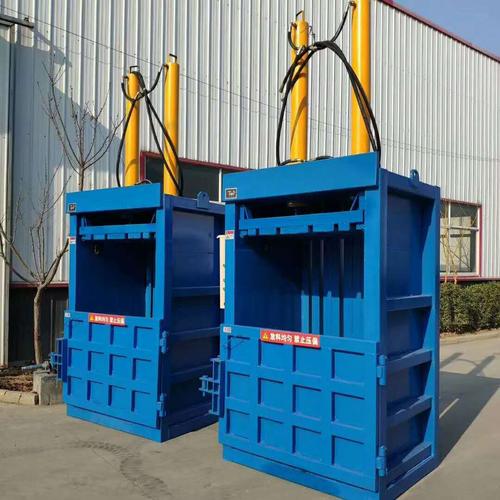
Textile and clothing: Processing scraps and waste clothing reduces transportation costs by 40%.
Agriculture: Used for compressing crop residues such as straw and grass.
Technical parameters:
The typical pressure range is 20-200 tons, the packing density can reach 0.8-1.2 tons/cubic meter, and the compression ratio exceeds 5:1.
The price range is 20000 to 150000 yuan. Small machines (20-50 tons) are suitable for individual merchants (20000 to 50000 yuan), while medium-sized machines (80-120 tons) are suitable for recycling stations (60000 to 100000 yuan).
Key points for purchasing
Tonnage selection: Based on the processing capacity, small-sized machines are suitable for individual merchants, while medium-sized machines meet the needs of recycling stations.
Automation level: Semi automatic models require manual loading, while fully automatic models are equipped with conveyor belts and bundling devices, with a price difference of 30% -50%. Material and process: The use of wear-resistant alloy steel for the press head extends the lifespan of the machine by three times, but increases the cost by 20%.
Maintenance and safety
Daily maintenance: Check the hydraulic oil level every 5 days and strictly prohibit overloading operation.
Safety Warning: Long term overloading may lead to oil pipe rupture (Industry Safety Warning for Financial Industry 2025).

 WeChat / WhatsApp
WeChat / WhatsApp
 Online messageIf you have any questions, please leave a message here to tell us, we will contact you in time!
Online messageIf you have any questions, please leave a message here to tell us, we will contact you in time! Products
Products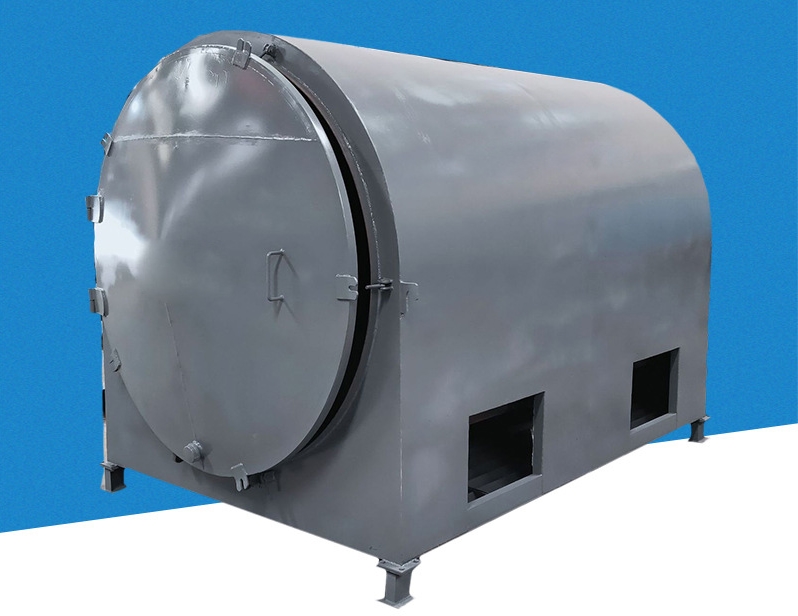
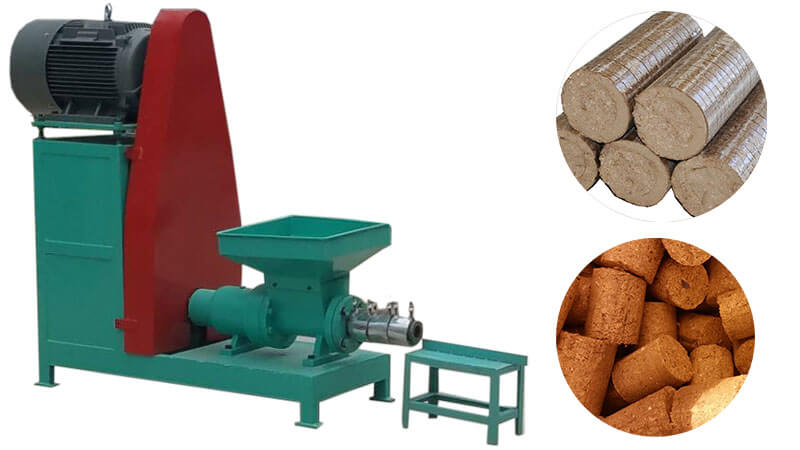

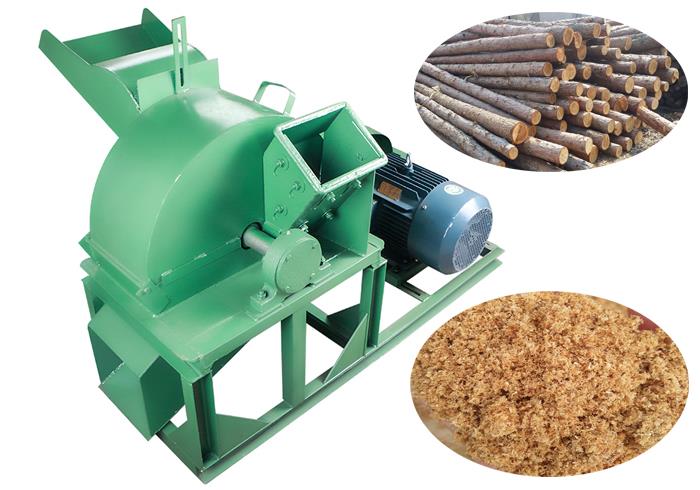
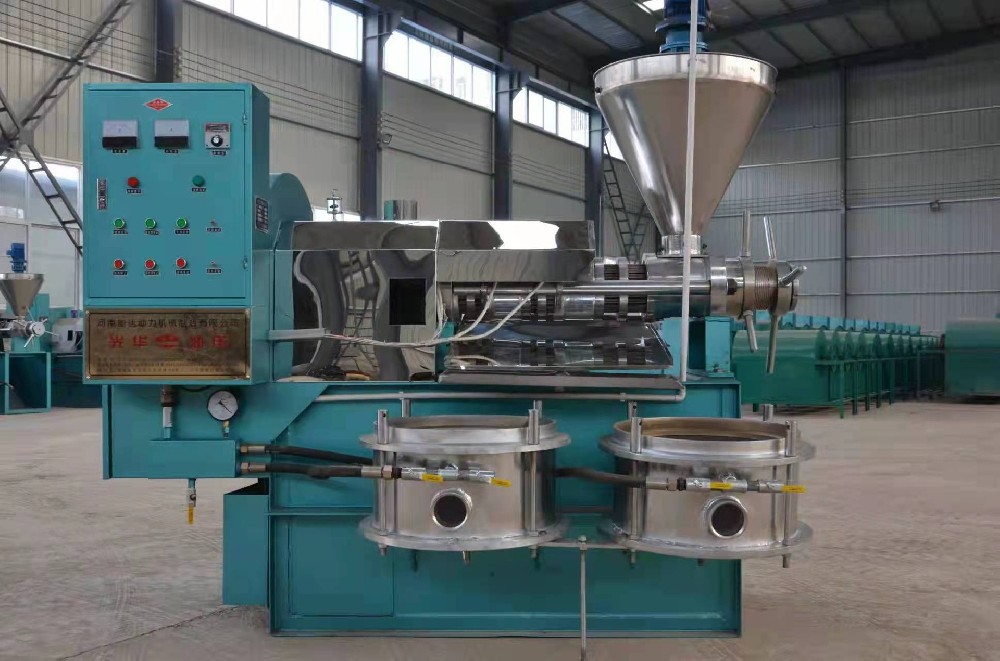




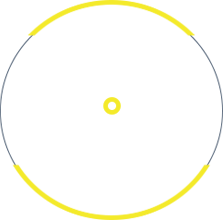
 Online service
Online service Telephone
Telephone Message
Message